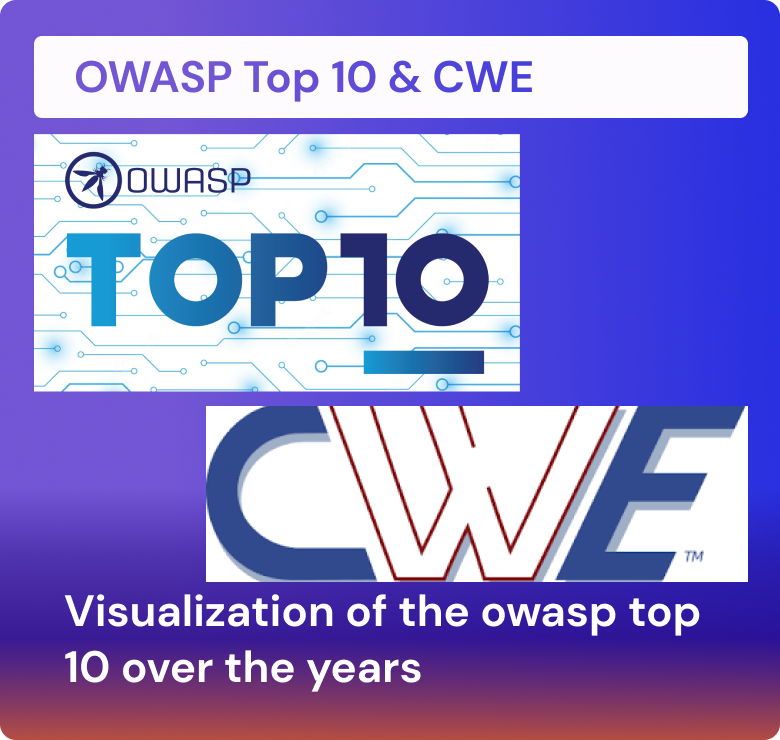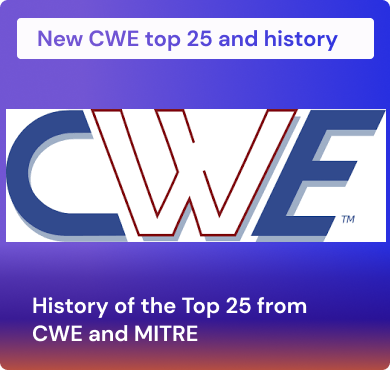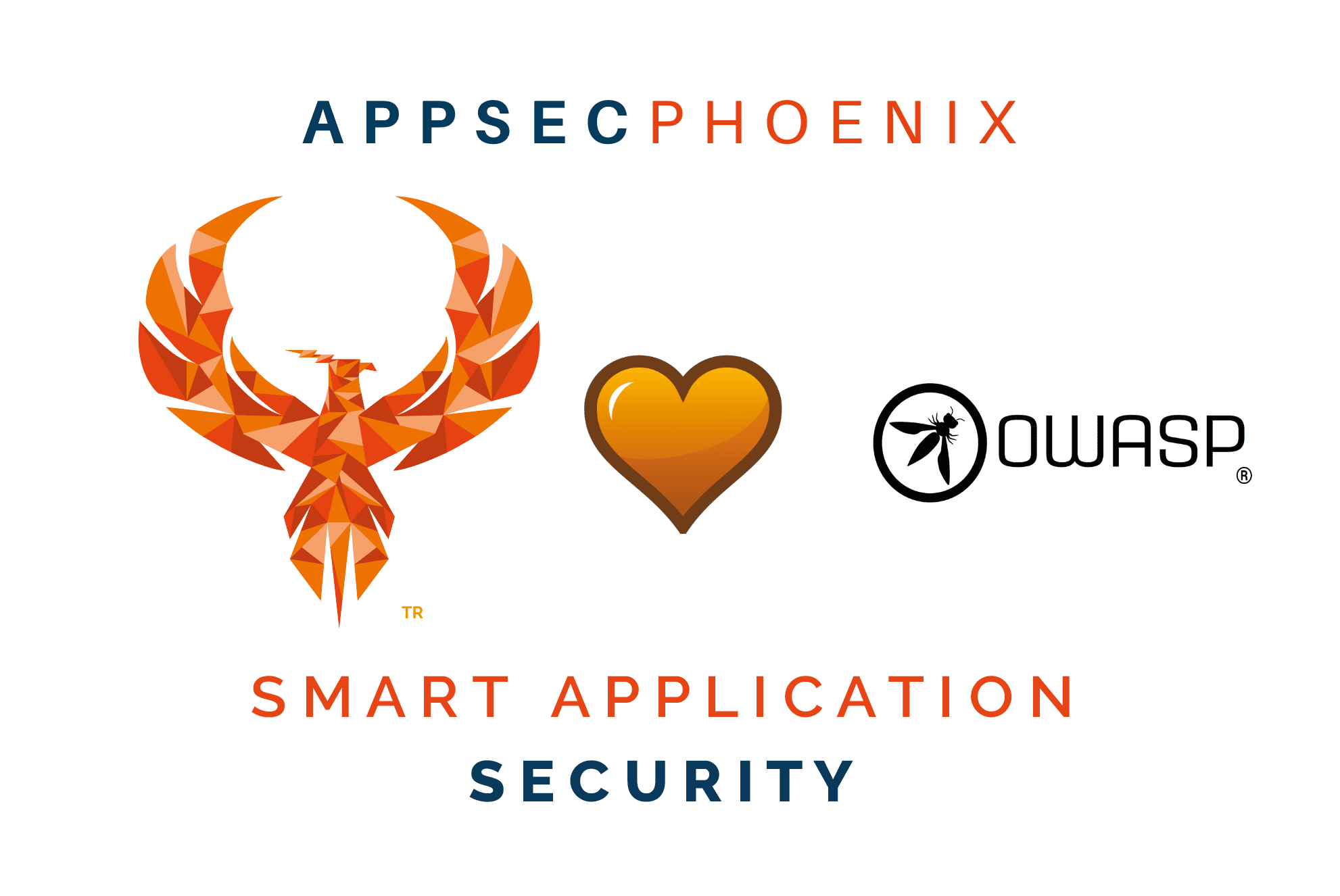Unlocking Cybersecurity Excellence: Mastering OWASP Top 10
OWASP, or the Open Web Application Security Project, is our guiding star in this journey. It’s the definitive source for everything related to application security. If you’re unfamiliar with OWASP, think of it as the guardian angel of your applications, shielding them from the dark forces of the internet. And at the heart of OWASP’s guidance lies the OWASP Top 10.
Contribution: https://owasp.org/www-project-top-ten/
The OWASP Top 10: Our North Star in AppSec
The OWASP Top 10 represents the most critical web application security risks, curated by cybersecurity experts from around the globe. It serves as a roadmap to prioritize vulnerabilities and protect your digital assets. In essence, it’s a lifeline for organizations like ours, rooted in vulnerability management and application security.
Now, let’s shed some light on a specific topic – the Phoenix Security Exploitability. Picture this: like a legendary bird that rises from its ashes, the Phoenix Security Exploitability embodies the ability to emerge stronger after security breaches. It’s an art, and we’re the masters of it.
A01:2021 – Broken Access Control This category has moved up from the fifth position, indicating its increasing importance. A whopping 94% of applications were tested for some form of broken access control. The 34 Common Weakness Enumerations (CWEs) mapped to Broken Access Control had more occurrences in applications than any other category. It’s clear that ensuring proper access control is a fundamental aspect of application security.
A02:2021 – Cryptographic Failures Previously known as Sensitive Data Exposure, this category has shifted up one position to the #2 spot. The renewed focus here is on failures related to cryptography, which can often lead to sensitive data exposure or system compromise. Proper encryption and cryptographic practices are crucial to safeguarding sensitive information.
A03:2021 – Injection Injection has slid down to the third position but remains a significant concern. 94% of the applications were tested for some form of injection. This category includes 33 CWEs, and it’s noteworthy that Cross-site Scripting (XSS) is now part of this category in this edition.
A04:2021 – Insecure Design This is a new category for 2021, emphasizing risks related to design flaws. To “move left” as an industry, it calls for more use of threat modeling, secure design patterns, principles, and reference architectures. Identifying and addressing design flaws early in the development process is crucial for security.
A05:2021 – Security Misconfiguration Security Misconfiguration has moved up from the #6 position in the previous edition. 90% of applications were tested for some form of misconfiguration. With more shifts into highly configurable software, it’s not surprising to see this category move up. XML External Entities (XXE) is now part of this category.
A06:2021 – Vulnerable and Outdated Components This category, previously titled Using Components with Known Vulnerabilities, is #2 in the Top 10 community survey. It has moved up from #9 in 2017 and is a known issue that organizations struggle to test and assess risk. Notably, it is the only category without any Common Vulnerability and Exposures (CVEs) mapped to the included CWEs, making it challenging to manage.
A07:2021 – Identification and Authentication Failures Previously known as Broken Authentication, this category is sliding down from the second position. It now includes CWEs that are more related to identification failures. While it’s still integral to the Top 10, the increased availability of standardized frameworks appears to be helping.
A08:2021 – Software and Data Integrity Failures A new category for 2021, this focuses on making assumptions related to software updates, critical data, and CI/CD pipelines without verifying integrity. Insecure Deserialization from 2017 is now part of this larger category. Ensuring the integrity of software and data is crucial for maintaining security.
A09:2021 – Security Logging and Monitoring Failures Previously Insufficient Logging & Monitoring, this category is added from the industry survey (#3) and has moved up from #10 previously. It’s expanded to include more types of failures. Despite being challenging to test for, failures in this category can directly impact visibility, incident alerting, and forensics.
A10:2021 – Server-Side Request Forgery Added from the Top 10 community survey (#1), this category represents scenarios where the security community members emphasize its importance, even though data may not illustrate its prevalence. It’s a reminder that community insights can be invaluable in shaping security priorities.



















